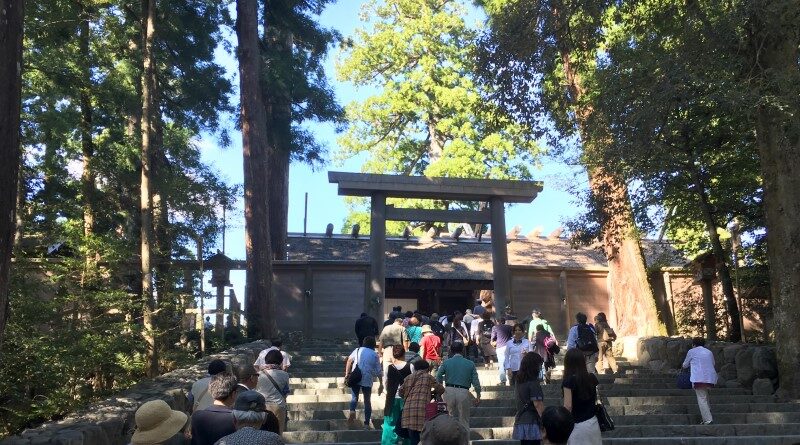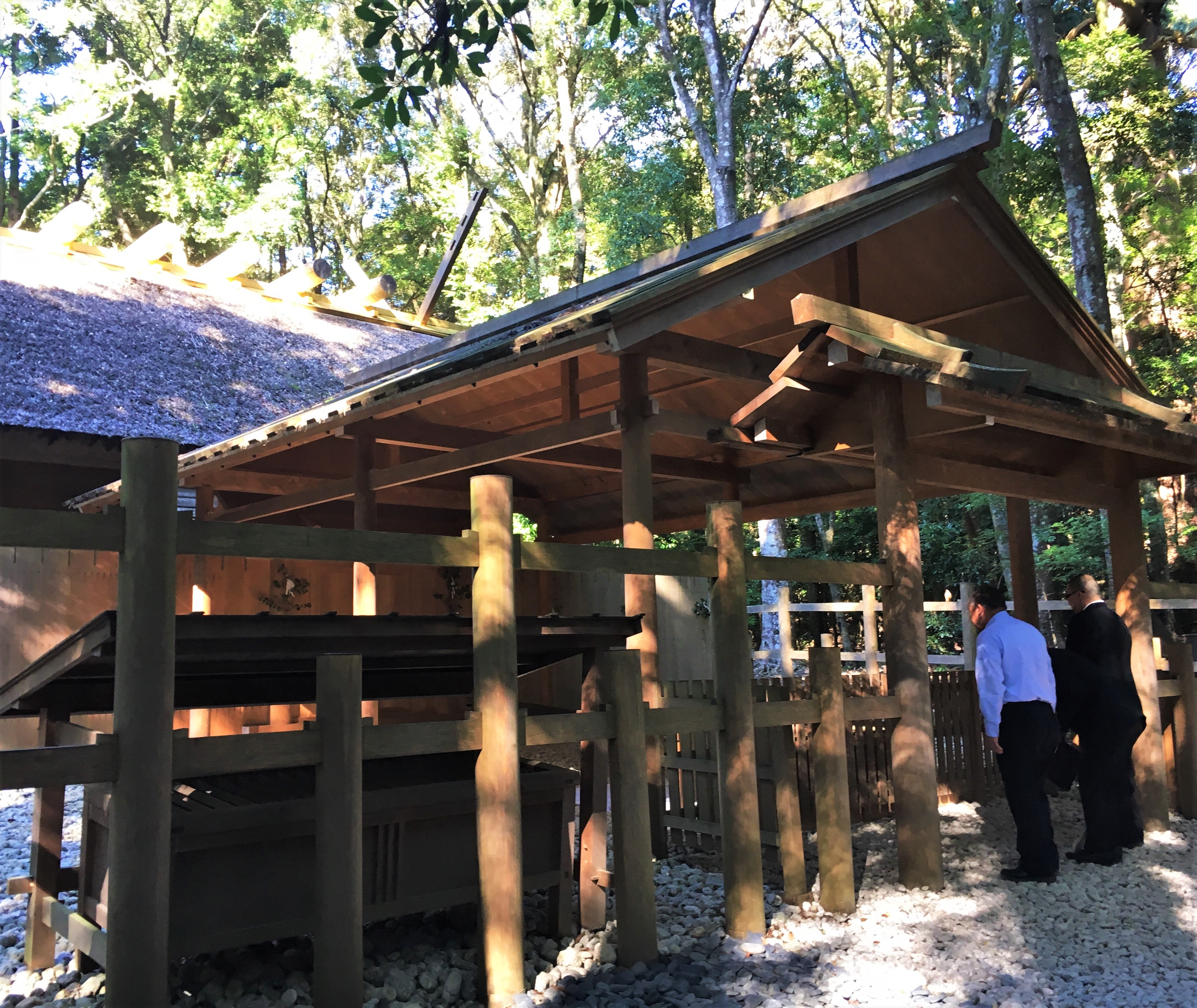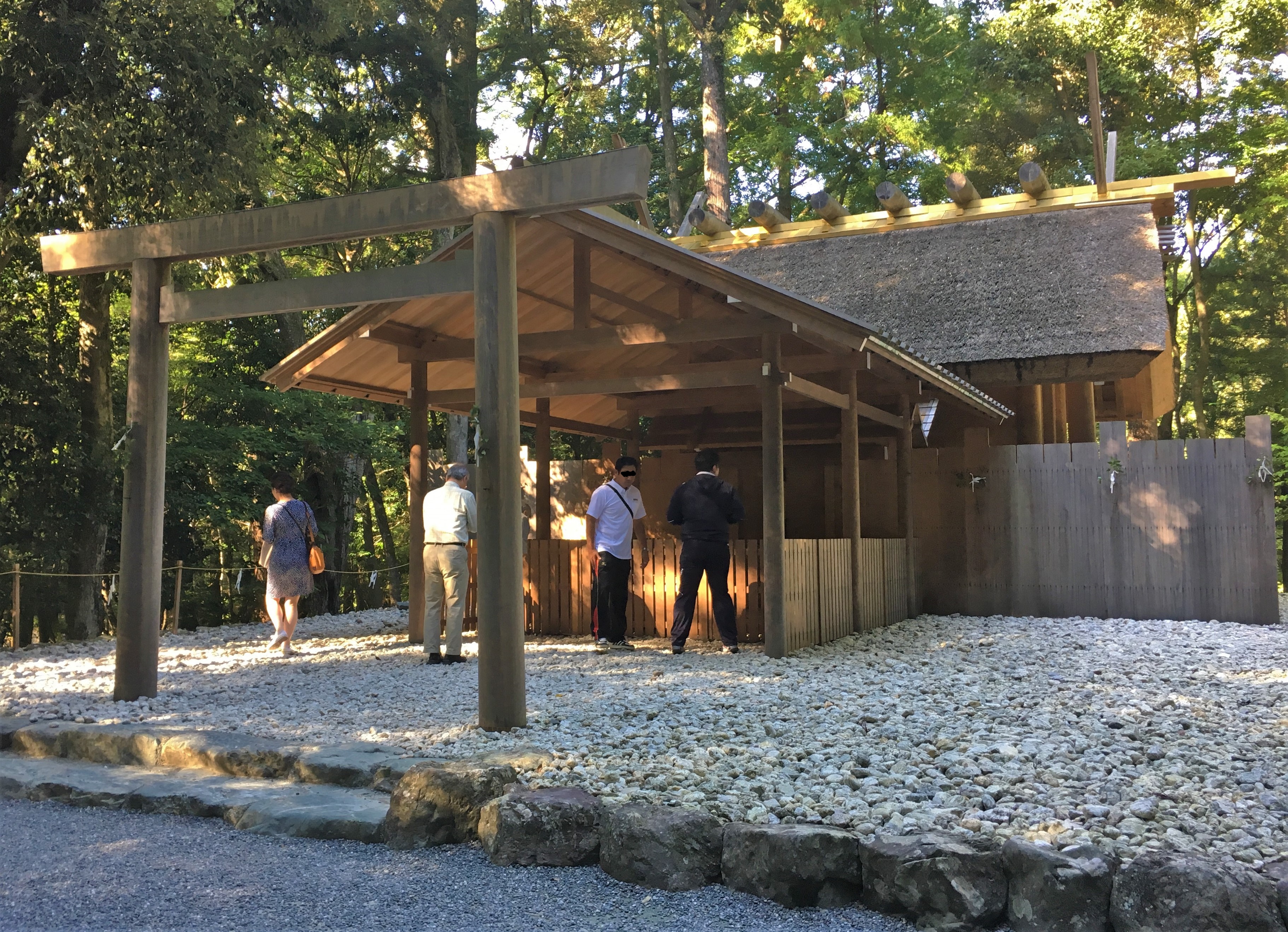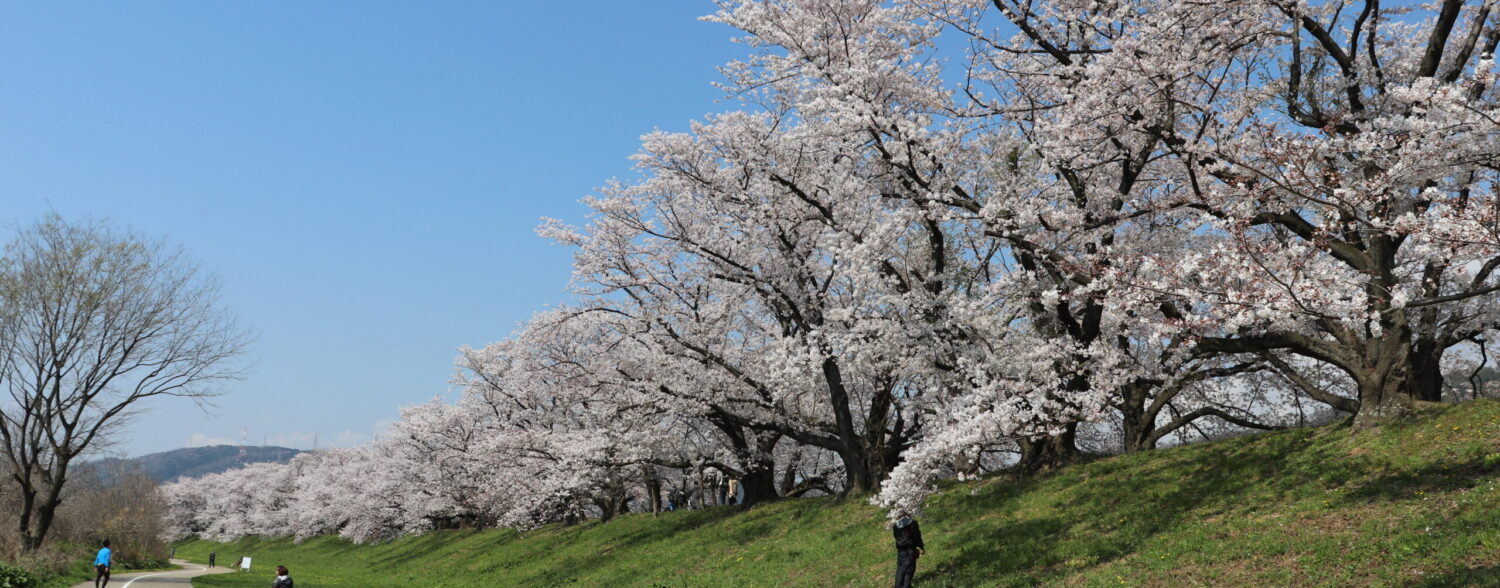
The Heart of Ise Grand Shrine: Naiku
Ise Jingu, or Ise Grand Shrine, is one of the most important shrines in Japan. Composed of roughly 125 small shrines throughout the Ise region, one in particular stands out among them; the Naiku. The Naiku houses the soul of Amaterasu, represented by a sacred mirror. Every year thousands of people travel from all over Japan to visit Ise Jingu to pay homage to the soul of Amaterasu. Naturally, there are many famous and important things in Ise Jingu, but there are some things you certainly shouldn’t miss!
Getting to the Naiku
The easiest way to get to the Naiku is to take a bus from Geku. Most people visit Geku first, so there are plenty of buses that go between the Geku and Naiku. The bus fare is 430 yen. [mappress mapid=”67″ width= “95%”]
You can take a bus right in front of the gate of Naiku (the Naiku-mae [内宮前] stop), or if you can stop by the Oharai Machi Shopping Street (the Jingu Kaikan-mae [神宮会館前] stop) first.
The nearest train station to the Naiku is the Kintetsu Isuzugawa Station, but you have to walk for 30 minutes to reach the Naiku from the station. There is no JR station near the Naiku.
Naiku: Shrine Grounds
The torii that lead you to Ise’s Naiku are one of the most photographed areas in the shrine. At dawn the sun come right between the torri and is very impressive, not to mention symbolic. If you are looking for iconic places to photograph, do not miss this place.

I think it is also very pretty at dusk as well.
Through the torii, you can see the Uji-bashi Bridge [宇治橋]. The Uji-bashi is a sacred bridge that connects the world of man to a sacred space.

This bridge is one of the very iconic spot of Ise Jingu and this bridge is rebuilt in the Shikinen Sengu ceremony once every 20 years.
The Sacred Isuzugawa River [五十鈴川]
The river that goes under the bridge is the Isuzugawa River, also known as Mimosusogawa [三裳裾側]. Supposedly, this other name is because the princess responsible for moving the Naiku to its current location, Yamato-hime, washed the hem, suso [裾], of the skirt
of her kimono, mo [裳], in this river.

There is a chozuya just after you cross the bridge but most people do not purify themselves there. Instead, it is common for people to wash their hands in the river. The place where you wash your hands is called the mitarashiba and is just past the chozuya.

The Isuzugawa is a very pure river and there are many different kinds of interesting fish and crabs that live in it!
Shogu [内宮の摂社・末社]
After you purify yourself, it’s a fairly straight shot to the shogu. On the way, you can stop by the kaguraden for a shuin, but interestingly, the Naiku doesn’t have omikuji. It seems that reason the Naiku doesn’t sell them is because everybody is already very lucky simply by visiting Ise Jingu.


Unfortunately, you cannot take a photo of shogu. Just like the Geku, the shogun is surrounded by four fences and you cannot see the actual shoden, where Amaterasu’s mirror is kept.

There is no special ritual you need to follow when you pray at the shoden. The normal two bows, two claps and one bow is enough. However, you are not supposed to pray for personal things at the Naiku, but rather for safety and peace of Japan.
Betsugu [別宮]
There are several little shrines, called betsugu, on the grounds of the Naiku.
Aramatsuri no Miya [荒祭宮]
Aramatsuri no Miya is the most important betsugu in the Naiku. This shrine enshrines Amaterasu’s aratama.

It is in this shrine that you can pray for your personal desires and ambitions.
Kazahi no Minomiya [風日祈宮]

This shrines enshrines Shinagatobe no Mikoto and Shinagatsu no Mikoto, both of whom are born from Izanami and Izanagi. Intersingly, there is a betsugu in the Geku that enshrines exactly the same god, clearly showing that how important these gods are to the Japanese people.
Takimatsuri no Ookami [滝祭神]
The little shrine near the river is for Takimatsuri no Ookami, the guardian of the Isuzugawa River.

Most people visit these little shrines after entering the Naiku. But, unlike the other small shrines, you should visit this one BEFORE you go to the Naiku. Since you are not supposed to pray for your personal desires and wishes at the Naiku’s shoden, not only can you pray for them here, but if you do so before going to the Naiku, Takimatsuri will tell Amaterasu you prayers on your behalf.

Leave a Reply